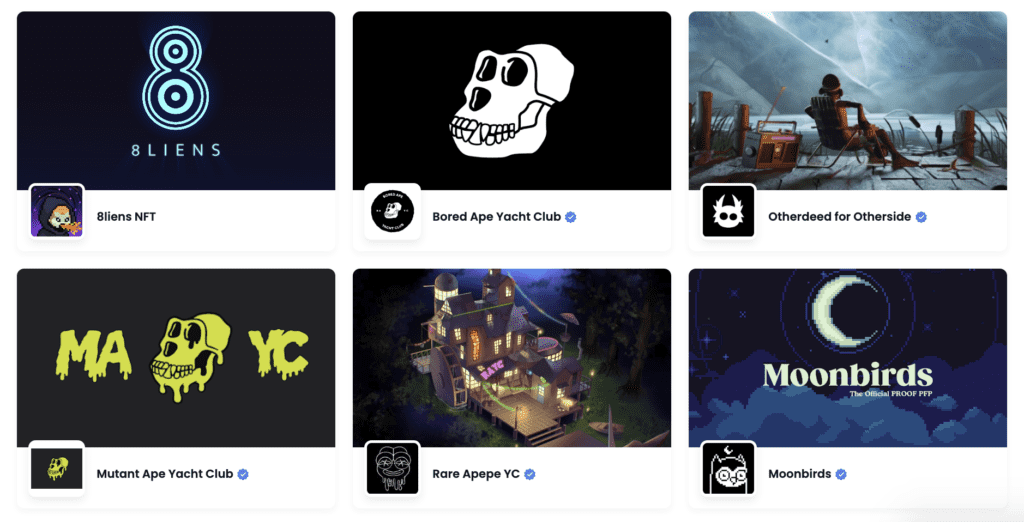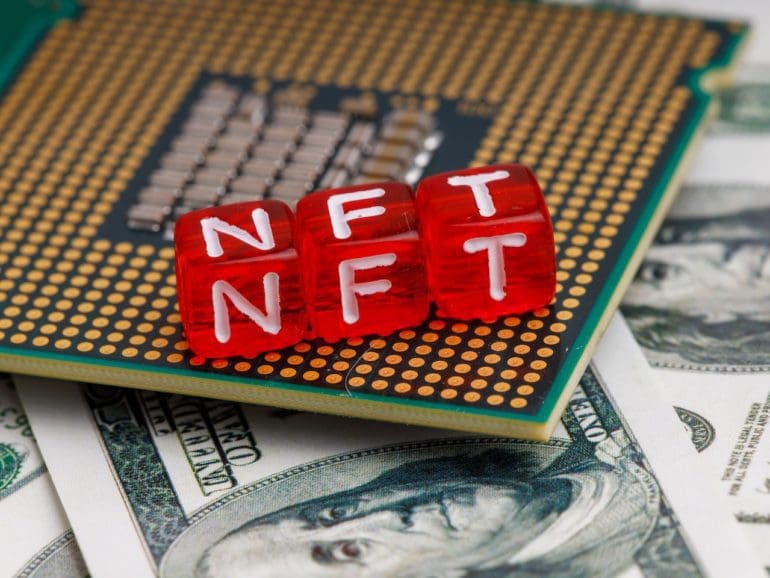NFTs hit the market with a dizzying growth in value during 2021.
Although valuations in the collectibles and art market have fallen, it seems that it has given way to exploring other use cases.
“Finally, we have a disruption in the financial sector which was being controlled for all these years by centralized financial institutions,” said Mohamed Saleh, Ethereum Lead Developer at Precog.finance, during a Driving Fintech Forward webinar.

“Finally, we have an open world of peer-to-peer financial instruments. Products are going on without borders and complications. Anyone worldwide can access highly sophisticated financial products developed by an international team, and that’s the power of blockchain.”
He explained that NFTs are now evolving to become tools to integrate traditional banking into the DeFi space. “For the NFT dimension, we are still exploring what an NFT is. It’s still information right now. We know it’s revolutionary. It’s a revolution using ledger to store information about non-fungible data on anything.”
RELATED: NFTs: The next logical step for incumbents?
Disrupting the concept of ownership
As stated by Saleh, the terminology of NFTs is hazy. For many, it is synonymous with the collectibles that plaster the crypto headlines – the Bored Ape Yacht Clubs and the Axies. However, the reality is much more fluid.

Eric Hill, crypto lawyer and Bankless DAO contributor, who gave his insight for an earlier Fintech Nexus article, explained it as such, “There’s composability to an NFT. Just think of it as a wrapper, like a dim sum. You can put stuff in it and wrap it up into one thing. Then you can trade this “thing” on a blockchain instantly. Instant settlement anywhere with global permission.”
This “wrapper” concept allows for the inclusion of many different smart contracts that benefit from the “non-fungible” attribute, which makes NFTs so distinctive. Blockchain-based smart contracts continue to rise, with ethereum reporting a 24.7% increase in Q1 2022.
The potential of a tokenized vehicle for smart contracts, NFTs, could have far-reaching implications for the finance industry, supercharging DeFi adoption and skewing the concept of ownership.
“It’s all about P2P,” continued Saleh. “If you see this model, it’s a peer-to-peer setting without having a centralized team and a lot of supply chain, which will cut the profit for the original owner.”
“It is about that decentralization. But it’s also about empowerment, because now with the fact that you can bake in things like trading royalties. So anytime an NFT is sold on the secondary market, the original artist or producer or mentor, the one that created it, gets a part of that sale revenue. That’s another way for people to be empowered and be successful in wealth creation. It’s about being a self-sovereign individual at the heart of most of the crypto community’s ethos.”

Agreeing with him, Eduardo Abreu, Chief Strategy Officer at Amberfi, said, “An NFT is the equivalent of digital property rights. It’s not just a certificate of authenticity. It’s not just a token to get you access to a community. It’s a way of establishing ownership that’s provable on a blockchain. By being digital property rights, it is the modern equivalent of what unlocked capitalism historically into the traditional world.”
Immutable history gives rise to potential wealth creation use cases
The functionality of the blockchain means that the ownership chain is recorded immutably across borders, giving rise to several use cases. Aside from the royalties issuance mentioned by Saleh, this opens NFTs to several peer-to-peer lending and rental opportunities and tokenization and liquidation strategies.
“We assumed at the beginning of this disruption, it’s a way of making anything illiquid to liquid,” said Saleh. “For example, you can have fractional ownership of real estate. Germany started this at the beginning with tokenization of land that people want to preserve.”
In response, Jouko Ahvenainen, Prifina, Founder & CEO, said, “It’s also important to remember that even technically, liquidity is possible. But technical aspects don’t make it liquid. There must be enough demand and supply to make something liquid. Of course, when the transaction costs are lower, it is easier to get a lot of demand and supply. It makes the market more liquid.”
In addition, the peer-to-peer model of NFTs, spanning globally due to DeFi, opens the market to a much wider audience, which could increase the demand.
“The way DeFi disrupts financial services is through disintermediation by not needing an intermediary,” said Abreu. “One of the good examples out there is a platform, Aave, that allows people to, in essence, turn their assets into more efficient assets. So you can lend out what you’re not using and earn a return for it. Or you can borrow against it as a way to achieve your goals.”
“Traditionally, you need to go to a bank to take out a loan, and you’d have to pay them a certain interest rate. In Aave, since you’re putting your collateral up for someone to borrow, all of that extra spread that the bank would have been making goes to you. It’s about you being able to earn more on your assets.”


